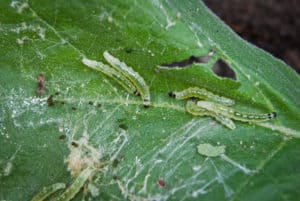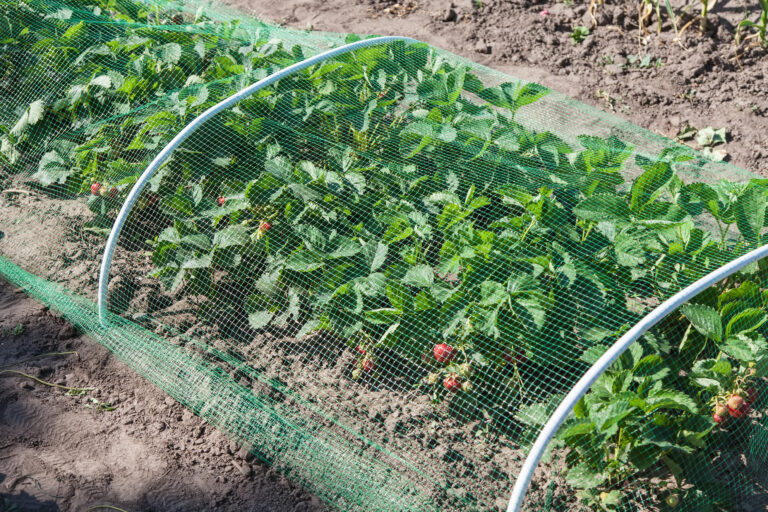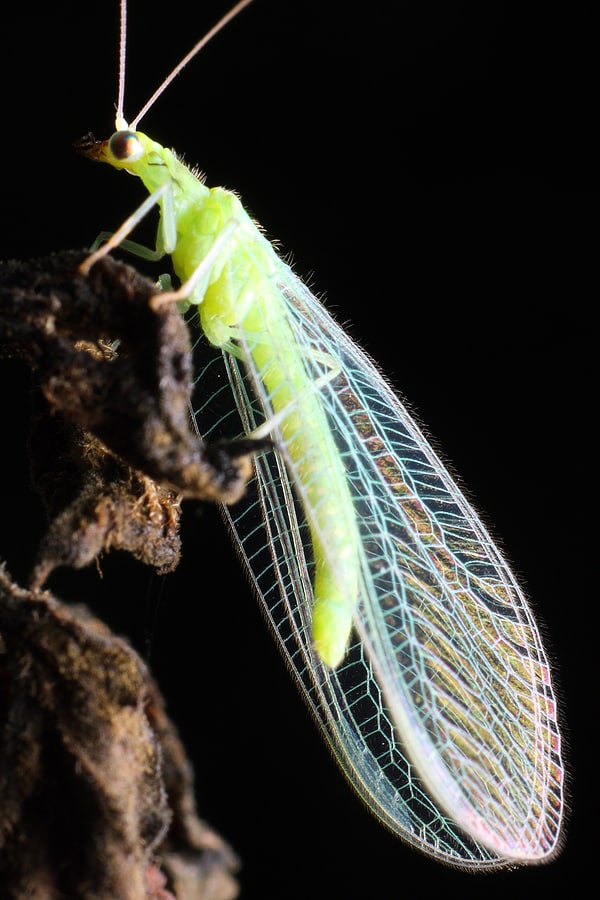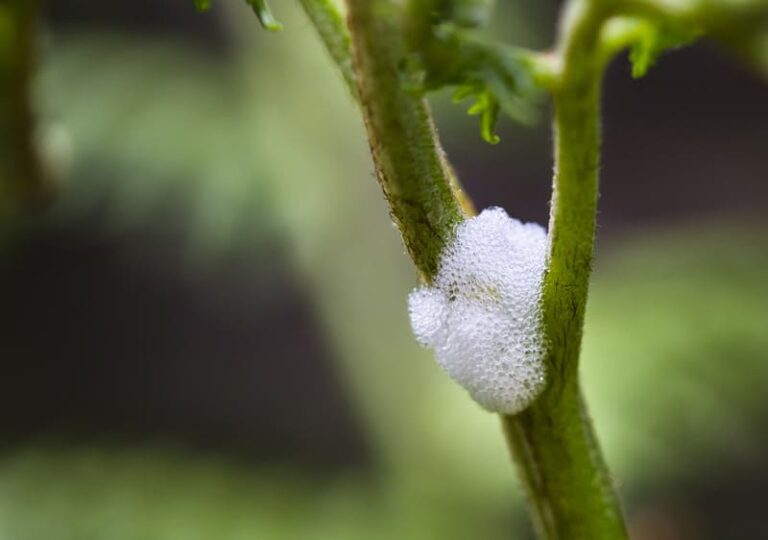Imported Cabbageworm Organic Pest Control
The adult imported cabbageworm is a white day-flying butterfly with one to four black spots on its wings and a wingspan of 1½ to 2 inches.
The cabbageworm larvae are 1¼ inch velvety, light-green caterpillars with a fine yellow stripe down the back.
Imported cabbageworm larvae chew ragged holes in the foliage of cabbage-family plants and sometimes eat their way into the heads of plants. They also leave behind a soft green excrement.
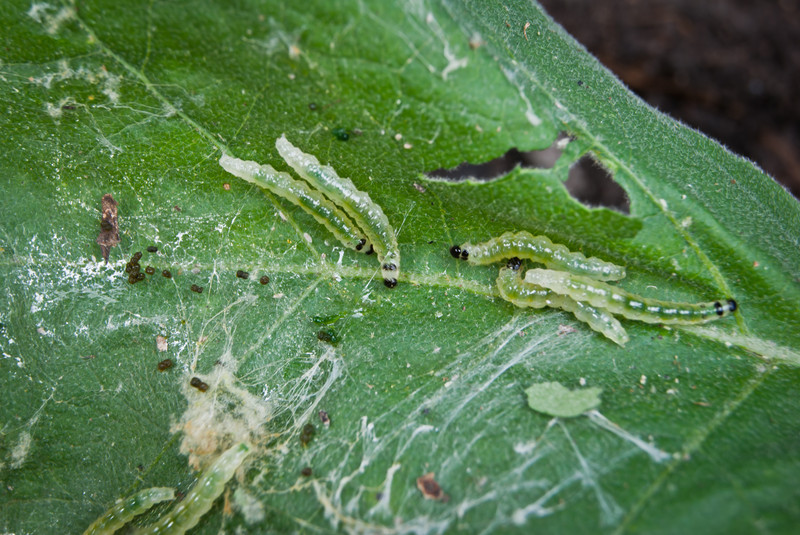
The Imported Cabbageworm is also known as the cabbageworm and the European cabbage worm.
Adult moths emerge from overwintering pupae in early spring to lay eggs. The female butterfly flies about from plant to plant depositing eggs at the base of leaves. The eggs are yellow, bullet-shaped cones laid singly on the undersides of the leaves.
Eggs hatch in about a week and the tiny green larvae caterpillars feed on leaves for two to three weeks or bore their way into the main heads of vegetables turning the heads to mush. After two to three weeks of feeding the caterpillars pupate in garden debris on the soil surface.
Adult butterflies emerge from the pupae in one to two weeks. There are three to five overlapping generations of imported cabbage worms each year.
Imported cabbageworms overwinter in the ground or on or near host plants as larvae or pupae then emerge in late spring.
Imported cabbageworms are found throughout North America.
Scientific name: Artogeia rapae
Target plants
Imported cabbageworm attack broccoli, Brussels sprouts, cabbage, cauliflower, Chinese cabbage, collards, kale, kohlrabi, radishes, rutabagas, and turnips.
Feeding habits and damage
Larvae eat large, ragged holes in the leaves and heads of cabbage family plants. They leave behind dark green feces that contaminate leaves and heads.
Organic controls
Cover plants with floating row covers very early in the season. Handpick larvae if the infestation is light. Use yellow sticky traps to catch female butterflies. As a last resort, spray with Bacillus thuringiensis (Bt) at one to two-week intervals. Dust plants with rye flour or cornmeal; cabbage worms that eat the flour will bloat and die.
Organic control calendar
Here is what you can do seasonally to control imported cabbageworm:
- Before planting: Use a combination preventive spray of BT, insecticidal soap, and kelp extract; use this spray three times a week for two weeks; spray the whole garden; repeat every two weeks until you are a month or more into the growing season; when beneficial insects emerge, stop generalized spraying and spray only infestations.
- At planting time: Cover crops with agricultural fleece row covers or a fine net barrier. Use a preventive Bacillus thuringiensis spray early in the season. Use BT later for large infestations; spray all parts of the leaves, especially the undersides; repeat after rains. Use a BT spray every 10 to 14 days.
- While crops develop: Place cornmeal around the garden; caterpillars that eat the meal will bloat and die. Dust or spray with BT every two weeks from transplanting until heads form.
- After harvest: Clean the garden of all plant litter to deprive cabbageworm of a place to overwinter—especially cabbage-family crop debris. Cultivate the soil to a depth of 6 to 8 inches to expose pupae to killing cold temperatures.
Natural predators
Insect predators include lacewings, ladybugs, and ground beetles. Braconid and trichogramma wasps parasitize the eggs of imported cabbageworm. Animal predators include bluebirds, chickadees, and English sparrows.
Cabbage articles at Harvest to Table:
How to Harvest and Store Cabbage
Cabbage Growing Problems Troubleshooting
Imported Cabbage Worm Organic Pest Control
Cabbage Looper Organic Pest Control
Seven Ways to Cook and Serve Cabbage
Sliced Cabbage Salad Simply Made
Corn Beef and Cabbage Slow Cooked
How to Make Cabbage Soup with No Recipe
Savory Raddish-Cabbage Coleslaw
Related articles:
Vegetable Garden Organic Pest Control
Vegetable Garden Diseases Problem Solver
Vegetable Garden Organic Weed Control
Garden Planning Books at Amazon:

